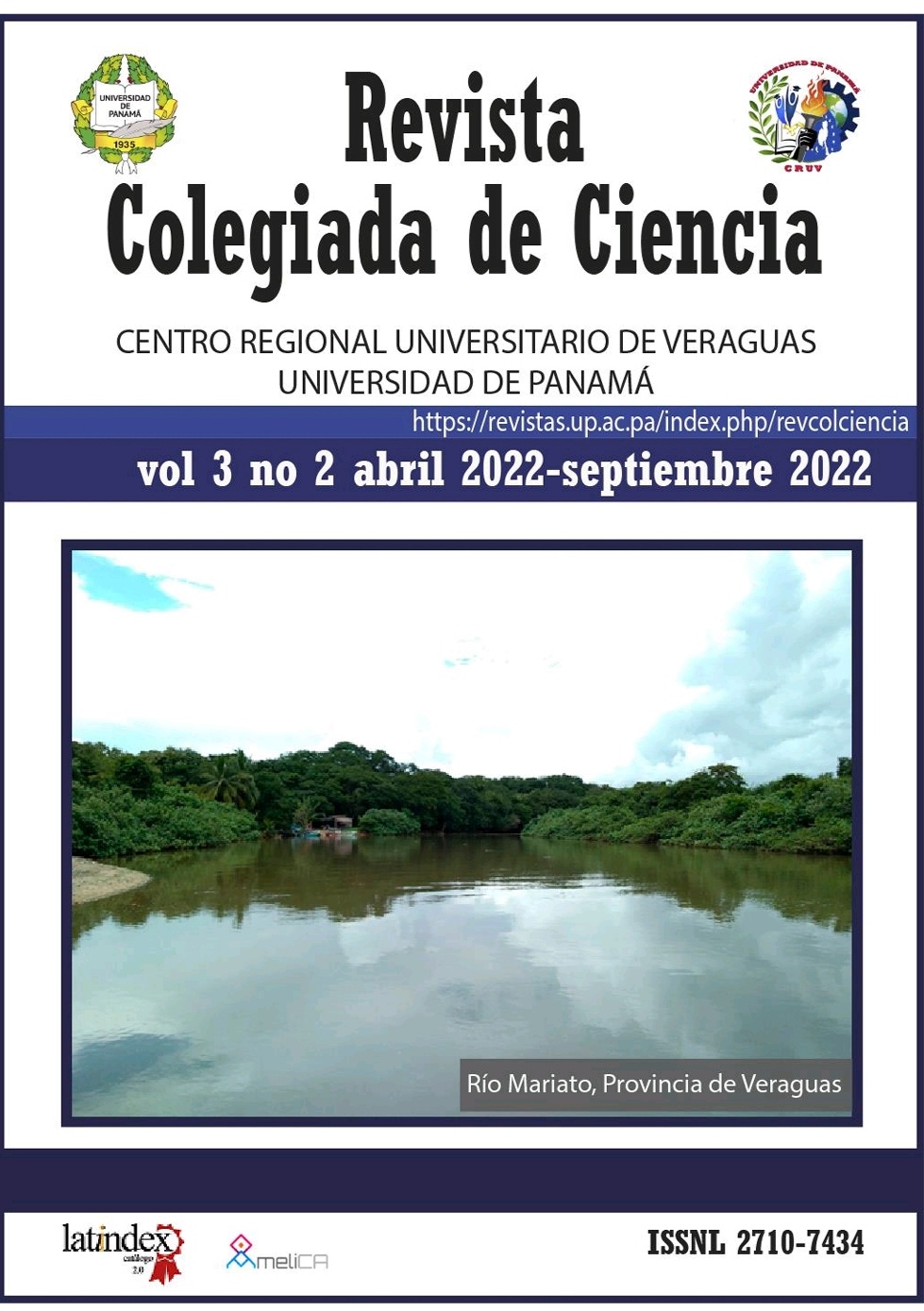References
Beck, T., Demirgüç-Kunt, A. y Levine, R. (2007). Finanzas, desigualdad y pobres. J Econ Growth 12, 27–49. https://doi.org/10.1007/s10887-007-9010-6
Carballo, I. E. y Dalle-Nogare, F. (2019). Fintech e inclusión financiera: los casos de México, Chile y Perú. Revista CEA, 5(10), 11-34. https://doi.org/10.22430/24223182.1441
Carballo I. (2020). Tecnologías Financieras: oportunidades y desafíos de las Fintech para la regulación, la educación y la inclusión financiera. Revista CIES 11 (2), 247-276. https://www.escolme.edu.co/revista/index.php/cies/article/view/308/334
Cardona, D. (2020). Revisión bibliográfica sobre inclusión financiera como estrategia de recuperación y de crecimiento fintech. Semestre Económico, 23(55), 183-203. https://doi.org/10.22395/seec.v23n55a8
Clark E. (13 de septiembre de 2021). Banca multigeneracional: más allá del enfoque digital. Revista Martes Financiero. La Prensa. https://www.martesfinanciero.com/voz-calificada/banca-multigeneracional-mas-alla-del-enfoque-digital/
Chibba, M. (2009). Inclusión financiera, reducción de la pobreza y objetivos de desarrollo del milenio. Eur J Dev Res 21, 213-230. https://doi.org/10.1057/ejdr.2008.17
Gaceta Oficial Digital (10 de julio de 2008). Decreto Número 183-2008- DMySC de 6 de junio de 2008, por el cual se aprueba el documento titulado procedimiento para el pago de sueldos mediante transferencia electrónica de fondos. https://www.gacetaoficial.gob.pa/pdftemp/26080/11419.pdf
La Prensa (16 de marzo de 2021). Visa impulsa la innovación financiera local. Martes Financiero. Periódico La Prensa. https://www.prensa.com/impresa/martes-financiero/visa-impulsa-la-innovacion-financiera-local/
Morgan P., Huang B., y Long Q. Trinh (2019). La necesidad de promover la educación financiera digital para la era digital. Resumen de políticas en el marco del Grupo de trabajo 7 de Japón T20: El futuro del trabajo y la educación para la era digital
https://t20japan.org/policy-brief-need-promote-digital-financial-literacy/
Ramírez Barón, M.C, García Rivera, B.R., y Aranibar Gutiérrez, M. F. (2019). La relación de la confianza, la actitud y el compromiso en el uso de la banca en línea. Revista de Investigación Latinoamericana en Competitividad Organizacional RILCO 3. https://www.eumed.net/rev/rilco/03/banca-linea.html http://hdl.handle.net/20.500.11763/rilco03bancalinea
Scheaffer, R., Mendenhall, W. y Ott, L. (1994). Elementos de muestreo. Grupo Editorial Iberoamérica.
Superintendencia de Bancos de Panamá (2014). Análisis de eficiencia en el Centro Bancario Panameño. https://www.superbancos.gob.pa/superbancos/documentos/financiera_y_estadistica/estudios/Analsis_Eficiencia_14.pdf
Superintendencia de Bancos de Panamá (2020). Informe de estabilidad financiera 2020.
https://www.superbancos.gob.pa/superbancos/documentos/financiera_y_estadistica/estudios/IEF_2020.pdf?v=1.00
Superintendencia de Bancos de Panamá (6 de diciembre de 2011). Acuerdo No. 006-2011, por medio del cual se establecen lineamientos sobre banca electrónica y la gestión de riesgos relacionados. https://www.superbancos.gob.pa/superbancos/documentos/leyes_y_regulaciones/acuerdos/2011/Acuerdo_6-2011.pdf
Superintendencia de Bancos de Panamá (18 de abril de 2012). Acuerdo No. 002-2012, por medio del cual se regula la contratación de corresponsales no bancarios para la prestación de determinados servicios en nombre de los bancos.
https://www.superbancos.gob.pa/superbancos/documentos/leyes_y_regulaciones/acuerdos/2012/Acuerdo_2-2012.pdf
Superintendencia de Bancos de Panamá (2021). Sucursales y Cajeros Automáticos por Provincia https://www.superbancos.gob.pa/superbancos/documentos/financiera_y_estadistica/bancarizacion/MBP_2021.pdf?v=1.06

